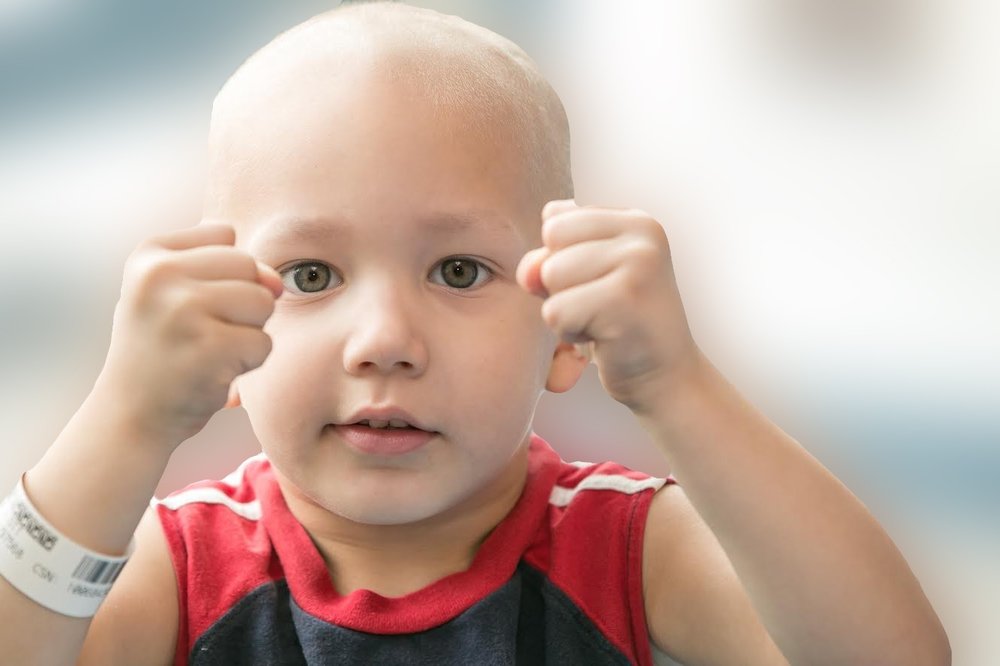
Leukemia is the most common kind of childhood cancer, despite its rarity. We don’t know what causes leukaemia, but we do know that it isn’t communicable (“catching”). It isn’t regarded to be a genetic condition (inherited from your parents). According to certain study, the environment may have a role in the development of this form of cancer, says Dr. Vikas Dua, the best Pediatric Oncologist in Delhi.
Leukemia is a kind of bone marrow cancer. The tissue found inside many of the body’s bones is called bone marrow. Blood is produced in the marrow of the bones. In leukaemia, the bone marrow is invaded with immature cells known as blasts or “leukemic cells.” The bone marrow spaces become crowded when a large number of blasts are created. Normal blood cells (red cells, white cells, and platelets) cannot be formed due to the overcrowding.
Because of the disease, the blood contains fewer normal blood cells and more leukemic cells.
There are two forms of childhood leukemia: acute lymphoblastic leukaemia and chronic lymphoblastic leukaemia.
- Acute lymphocytic leukaemia (ALL) is the most common kind of leukaemia in children, accounting for 80% of all cases.
- Acute myeloid leukaemia (AML) accounts for 20% of all cases.
Leukemia Symptoms and Signs
- Leukemia symptoms are caused by a decrease in normal blood cells.
- When a child’s red blood cell count is low, he or she becomes pale, listless, and easily exhausted.
- When a child’s white cell count is low, he or she is more susceptible to infections and may develop a fever.
- When platelets are low, bleeding issues such as nosebleeds and increased bruising can occur.
Bone pain. - The stomach and spleen may be swollen and sensitive to the touch.
Treatment
- Chemotherapy and sometimes radiation treatment are used to treat acute leukaemia. Radiation and chemotherapy both kill the leukaemia cells that push out normal blood cells. Many therapies are performed in the outpatient setting.
- Many children with ALL or AML can be cured or have a long-term, disease-free response with timely therapy.
- Acute leukemias are all severe if not treated within weeks or months.
- When there are no identifiable leukemic cells in the bone marrow, the patient is said to be in complete remission.
- A bone marrow transplant might potentially be investigated as a therapy option. If your child is a candidate for a bone marrow transplant, your physicians and nurses will provide you with further information.
- During leukaemia treatment, your child may require blood transfusions.
- Treatment typically lasts two years for girls and three years for boys.
Appointments for Follow-Up
Your child will have follow-up sessions with a pediatric oncologist who will assess how well the treatment is working.
Bone marrow tests will be performed at various points to see how well the therapy is working.
At each session, your child will have blood drawn.
If you have any questions or concerns, talk to the best pediatic oncologist in Delhi, Dr. Vikas Dua.
Dr. Vikas Dua is the best pediatric oncologist in India and one of the leading consultants in the field of Pediatric Hemato Oncology & Bone Marrow Transplants. He has 20+ Years of experience and has performed many successful BMTs for thalassemia and leukemia cases for children from India, Afghanistan, Iraq, and African Countries. He assists children in understanding and coping with their diagnosis.

